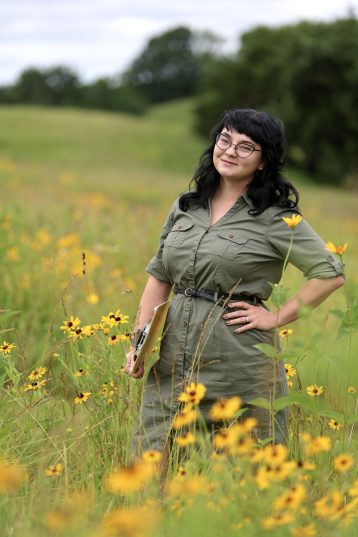November is the month that we celebrate Thanksgiving and is a time when we are seasonally prompted to reflect on gratitude and the many things we are thankful to have in our lives.
Gratitude, however, doesn’t have to be relegated to just one month of the year. In addition to simply being a humbling and uplifting experience, when practiced regularly, gratitude can positively impact our mental health and feelings of well-being in numerous ways.
Why is this?
An explanation often given to children is that practicing gratitude brings into sharp focus all that there is to be happy about in life, helping to balance out or put in perspective those things that might be creating sorrow or concern.
This is a simple, but accurate, explanation of why the act of practicing gratitude has positive effects on our mental and emotional health.
For parents and caregivers who want to dig a little deeper, though, social scientist Brene Brown offers some profound insight.
In her book, “Daring Greatly,” Brown suggests we live in an age of “Not Enough”: As in, “I’m not thin enough, rich enough, smart enough, tough enough, pretty enough, successful enough.” Insert your adjective into the blank: “Not ___________ enough.”
According to Brown, we live in a society structured around the concept of scarcity — of being either a “have” or a “have not.” Our consumer-driven culture wants us to believe that we need whatever it is they are selling in order to be successful. Each company promises that they have the secret ingredient to make us thinner, smarter, richer. And if we just buy what they have, we finally will have a firm grasp on that feeling of happiness that seems to be lurking just around the corner.
In short, individuals in our society are conditioned to focus on all that they don’t have, rather than all that they do.
Somewhere along the line, we also developed the idea that the opposite of “not enough” is “more than enough.” We have become afraid that if we don’t have more than is required, at some point we eventually will run out. This anxiety keeps us hustling and competing with others in an endless race to get more than we need.
The anxiety that develops with the fear of being a “have not,” however, can be stopped in its tracks with the simple act of practicing gratitude.
Practicing gratitude with intention reminds us that, while we might not have everything on our wish lists, we have plenty to be happy about and grateful for today. And this is a very important lesson that children can’t hear too early or hear often enough.
Thanksgiving is a wonderful season to practice gratitude with your families, but it doesn’t have to be relegated to this one time of the year. If you would like ideas for how you can help your children to have fun while they practice gratitude, here is a list of activities shared by Dubuque’s Challenge to Change in a recent blog post about the art of being thankful:
Gratitude stones
Gratitude stones are a unique way for your children to record the many people, places and things in their lives they are grateful for.
Give your children smooth decorative stones (available in the floral department of any craft store) and paint pens in several colors. On each stone, have your children write words or draw images of the people or things in their lives that make them feel happy, loved or safe.
Your children can place these stones in their bedrooms, around the house or as decorations in the garden as reminders of the many things in their lives they have tor which they are grateful.
Gratitude rampage or walk
Sit with your child, and take turns sharing people and things you are grateful for. Make it a challenge by timing yourselves to see how many objects of gratitude you can share in one minute, then do it again, and see if you can name even more in the second round.
The only rule of the game is that you cannot immediately repeat something the other said. Even if you are grateful for the same thing, you must wait a turn before saying it.
Another option is to take a gratitude walk. Designate a short walking route and take turns sharing your gratitude with each step you take. This will require you to walk deliberately and slowly as you move down your path. This also could be done from a parked car on the way into a store.
Before beginning your gratitude rampage or gratitude walk, you might find it helpful to each write out a list of what you are grateful for. While you do not have to stick exclusively to this list during the activity, it is a helpful tool for helping you get started or to draw on for inspiration.
Mail a hug
Have your child think of special people in his or her life to whom he or she would like to send some love. Ask your child to share why he or she feels lucky to have these people in his life. For each person that is being sent love, your child needs to trace both hands on construction paper.
Have your child hold his arms out wide and cut a length of ribbon or string that measures from wrist to wrist. Cut out the traced hands, and glue them on each end of the ribbon or string. Your child can write a message of love and gratitude on the hands or can include a kind note along with his or her “hug.” Mail your hug as soon as possible.
Gratitude scavenger hunt
Give your children a device they can take pictures with, and send them on a gratitude scavenger hunt around your home to find things they are grateful for.
You can give them a list of specific items to find or a required number of objects they must photograph. Once they are done, you can turn their images into a digital presentation to share with family and friends.
Melissa Hyde has a masters in education from Pepperdine University in Los Angeles and more than 10 years experience teaching elementary education. She works for Challenge to Change in Dubuque, teaching children social emotional regulation skills through the practices of yoga and mindfulness.


























